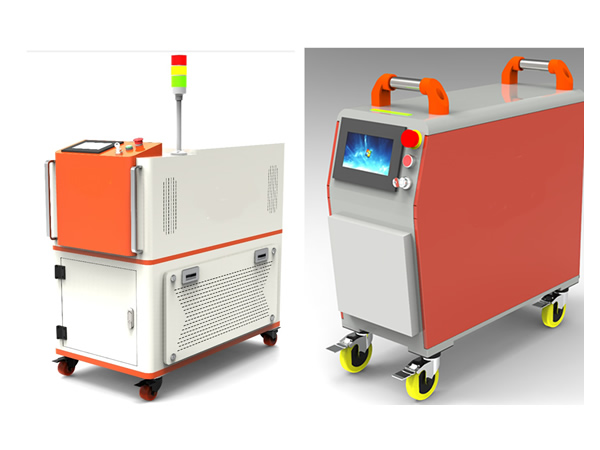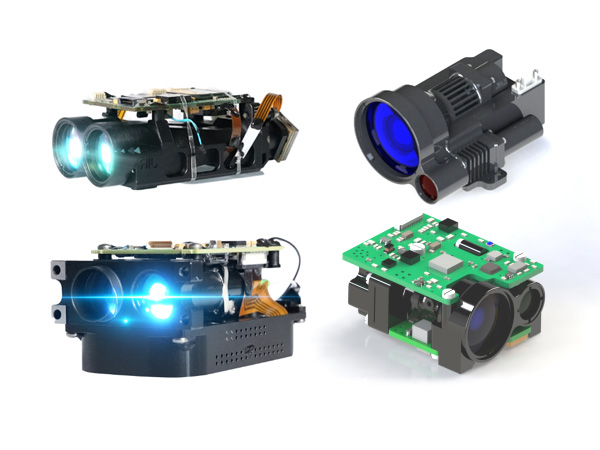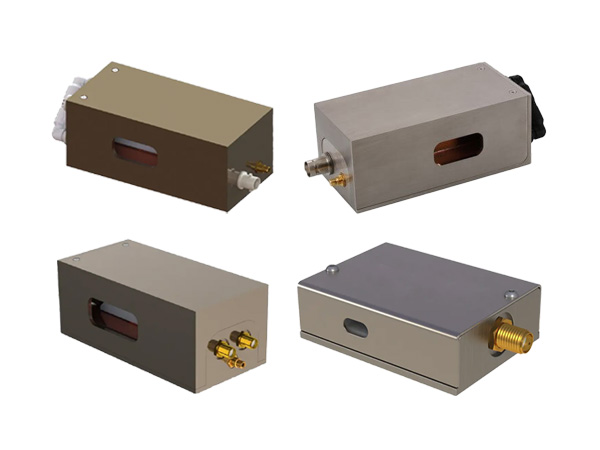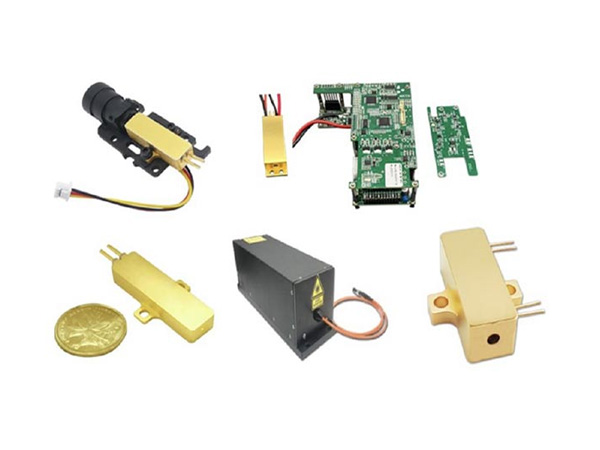Advantages of Laser Marking
Product laser marking is one of the most common industrial applications of lasers. The laser marking systems using different lasers and optical delivery systems may be used to mark an almost endless list of materials including metals, plastics, ceramics, glass, wood and leather as well as painted surfaces and photographic emulsions.
As we know, information such as part number, operating instructions, date of manufacture, logos, etc., is needed for typical quality control monitoring as well as consumer protection. A wide variety of marking and labelling methods has been developed. Examples include pen or pencil writing, press labelling, and ink-stamp marking. Each method has its own advantages and disadvantages. Label markings, for instance, are generally not permanent. Even through ink markings can produce very legible and permanent writings, the method involves many imprecise and time-consuming steps. Furthermore, this method is not satisfactory for marking minute objects or large objects with very small print. In addition, there are complications associated with equipment maintenance and control of the print quality.
Laser marking most commonly takes the form of an alphanumeric code imprinted on the surface of the product to indicate the date of manufacture, best-before, serial number etc. Therefore, it is a surface process. The marking processes include one or a combination of the following processes:
(1) black carbonisation;
(2) bleaching or changing the colour of a colorant in the material;
(3) physical modification of the surface finish;
(4) scribing a shallow groove into the material by vaporisation;
(5) highly-controlled modification of the surface by melting.
Laser marking is superior in quality and flexibility to traditional marking techniques; it leads itself to automation and integrated production techniques. The common advantages of all laser marking techniques are
(1) permanent, high quality marks;
(2) high efficiency and low operation cost;
(3) good accessibility, even to irregular surface;
(4) non-contact marking and no special working environmental needed;
(5) easy to automate and integrate (direct writing of patterns can established using computer-controlled movement of the beam or sample);
(6) precise beam positioning and a beam highly localised energy transfer to the workpiece (a narrow damage zone);
(7) high reproducibility, high speed and throughput; and
(8) contamination - free.
 English
English Français
Français Deutsch
Deutsch euskara
euskara Русский язык
Русский язык Italiano
Italiano Português
Português Nederlands
Nederlands Polski
Polski Greek
Greek Lietuva
Lietuva Türkçe
Türkçe 日本語
日本語 한어
한어 中文
中文 தாமில்
தாமில் فارسی
فارسی हिंदी
हिंदी Tiếng Việt
Tiếng Việt ภาษาไทย
ภาษาไทย Pilipino
Pilipino Indonesia
Indonesia தாமில்
தாமில்





